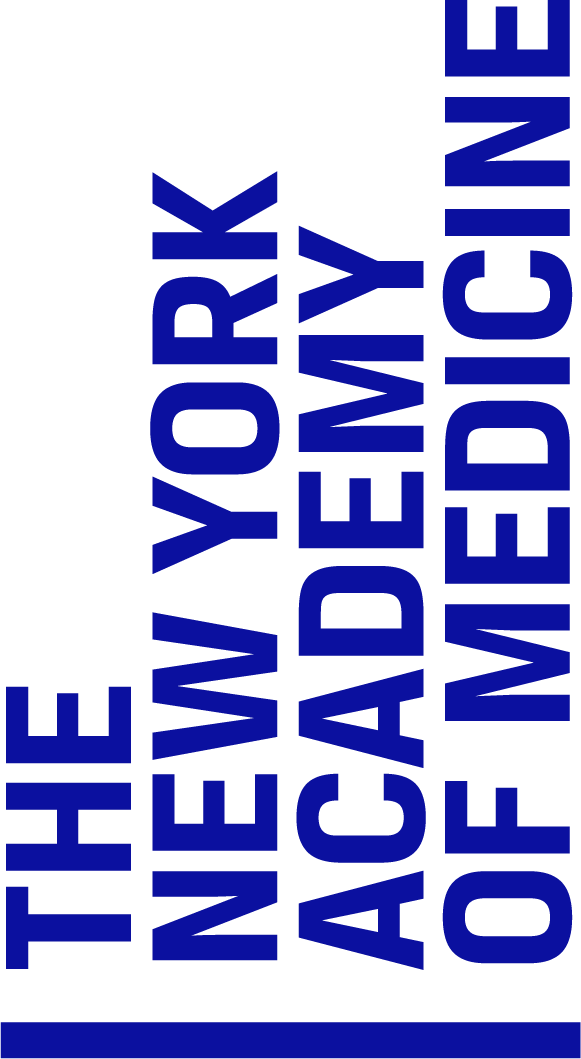1495: This is the fourth edition of the Fasciculus and the third printed in Venice (after 1491 and 1493 editions both also by the Brothers Gregori). It was printed in Latin and reset in Gothic type. In this edition, the page is shorter by four lines, resulting in plates that are too large and in many cases, clipped by the binder. This is the earliest edition with a real title-page. Our copy lacks the urinoscopic consultation plate and the plate showing the circle of urine glasses.
EXPLORE BOOK
1500: The sixth edition of the Fasciculus, and the fifth printed in Venice, also by the brothers Gregori in Latin. The edition uses the same blocks as the 1495 edition, with some minor modifications of the plates. The edition adds a new treatise by Rhazes on children’s diseases. This is the only edition of our five with colored plates, and is bound with Savonarola's Practica medicinae.
EXPLORE BOOK
1509: The ninth edition of the Fasciculus, printed in Italian in Milan (all other editions featured here are Venetian). The edition was printed by Giovanni de Castellione at the expense of Giovanni de Legnano and his brothers. While both plates and texts are taken from the Venice, 1493 edition, the plates have been reversed and introduce a number of variations. The plate with the circle of urine glasses is colored to correspond to their textual descriptions.
EXPLORE BOOK
1513: The eleventh edition of the Fasciculus, printed by Gregorio de Gregori and featuring Latin Gothic type. The size of the printed page is much larger than in all other editions apart from 1491; as a consequence, the plates are less clipped by the binder (though the blocks themselves are abbreviated). Our copy lacks the frontispiece plate and the urinoscopic consultation plate.
EXPLORE BOOK
1522: The Arrivabeni published two editions in 1522, one in Latin and the second in Italian. This edition, in Italian, is likely the second edition published that year by the printers.
EXPLORE BOOK

![Fasciculus medicine in quo continentur : videlicet. [1495]](https://digitalcollections.nyam.org/digital/sites/nyam.saas.dgicloud.com.digital/files/styles/islandora_imagecache_image_style_large/public/externals/5b9fe8b606b0c9d06d8bcda32bb498d0.png?itok=aI5bdSRh&pid=facendoillibro:3&iic=true)